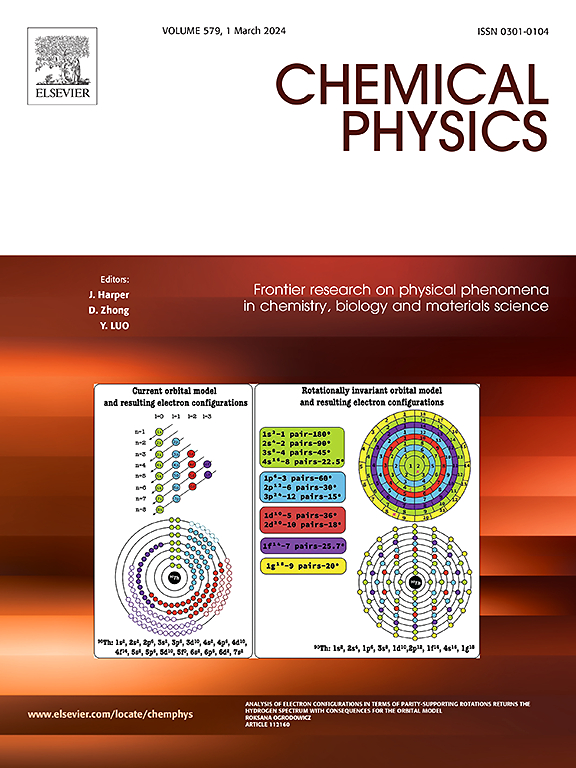mlp驱动的变厚度粗糙旋转盘上切线双曲流体传热传质性能预测
IF 2
3区 化学
Q4 CHEMISTRY, PHYSICAL
引用次数: 0
摘要
该研究的目标与联合国可持续发展目标一致,旨在提高能源效率和可持续资源管理。考虑到这一点,作者研究了切线双曲流体在旋转圆盘上的三维磁流体动力传热传质性能,并利用基于深度学习的预测框架预测了临界参数、径向和切向表面摩擦系数、局部努塞尔数和局部舍伍德数。这项工作探讨了热力学第二定律,它与不可逆性有关。对于深度学习的研究,实现了多层感知器的结构来准确地预测参数。应用bvp4c求解器对无量纲控制方程进行了数值求解。从结果来看,随着圆盘厚度系数的增加,贝使数的分布不断减小。多层感知器模型在测试数据上的R2值为82.32%,在训练数据上的R2值为99.73%。本文章由计算机程序翻译,如有差异,请以英文原文为准。
MLP-driven prediction of heat and mass transfer performance of tangent hyperbolic fluid flow over a rough rotating disk with variable thickness
The objective of the study aligns with the United Nations sustainable development goals by targeting enhanced energy efficiency and sustainable resource management. Keeping this in mind, the authors have worked on to examine heat and mass transfer performance of three-dimensional magnetohydrodynamic flow of tangent hyperbolic fluid over a rotating disk and leveraged a deep learning-based prediction framework to forecast the critical parameters, radial and tangential skin friction coefficients, local Nusselt number, and local Sherwood number. This work explores the second law of thermodynamics, which pertains to irreversibility. For the study of deep learning, multilayer perceptron's architecture is implemented to accurately predict the parameters. The dimensionless governing equations are solved numerically by applying the bvp4c solver. From the outcomes, the profiles of the Bejan number continuously decrease with increasing thickness coefficient of the disk. The multilayer perceptron's model achieved a value of 82.32 % on testing data and 99.73 % on training data.
求助全文
通过发布文献求助,成功后即可免费获取论文全文。
去求助
来源期刊

Chemical Physics
化学-物理:原子、分子和化学物理
CiteScore
4.60
自引率
4.30%
发文量
278
审稿时长
39 days
期刊介绍:
Chemical Physics publishes experimental and theoretical papers on all aspects of chemical physics. In this journal, experiments are related to theory, and in turn theoretical papers are related to present or future experiments. Subjects covered include: spectroscopy and molecular structure, interacting systems, relaxation phenomena, biological systems, materials, fundamental problems in molecular reactivity, molecular quantum theory and statistical mechanics. Computational chemistry studies of routine character are not appropriate for this journal.
 求助内容:
求助内容: 应助结果提醒方式:
应助结果提醒方式:


